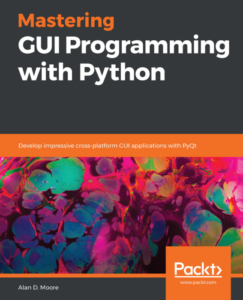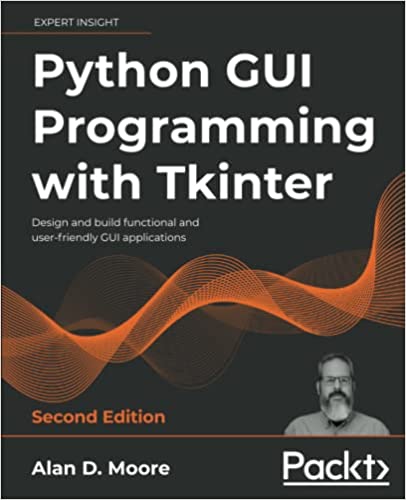The previous articles in this series helped you set up a Linux-based system for a child, and explored some of the great educational and kid-friendly software available. I’ve based this on almost eight years of experience in setting up GNU/Linux on computers for my own kids, and for their friends. So, based on that experience, what things do I wish the Free software community could come up with to make Linux a better experience for kids (and their parents!)?
Better Parental Controls
I discussed this to death in previous articles; so, not to put too sharp a point on it, but we (parents) could really use some better and friendlier controls in Linux. My ideal “parental control” tool would have at least:
- A front end for Dansguardian, with per-user transparent proxying.
- Something like timekpr, to restrict login times and the amount of time a user can be logged on.
- A way to restrict who can run which programs
- A way to restrict certain programs from accessing the network
- No dependencies on a specific distro or desktop
I know enough about the guts of some of these things to know that this is a tall order (if it weren’t I’d have coded it myself); but here’s hoping that some commercial Linux vendor or big community project will see a need for these tools.
More stories
Humans love story; even a bad story (witness daytime television), but most games for kids on Linux are just flat activities centered around math, matching, or logic (i.e., things that are easy to program). Probably the single biggest thing that makes many commercial games – including some ancient ones we have for Windows 98 or our old PowerMac 6500 – more appealing to my kids than the FLOSS games is the presence of a story line. The graphics may be old, pixelated, and 2-D, but the fact that they tell a story puts them ahead of hi-res OpenGL hardware-accelerated graphics that don’t (at least for my kids).
Look, no kid is going to do math facts for an hour just to get a higher score; but they will do a surprising amount of math if it means finding out “what happens next” in a story1. I would love to see authors of educational games for Linux will start to tap into this power and work at least a rudimentary story line into whatever game or activity they’re writing.
Multimedia and better artwork
Anyone remember Myst? I don’t know about you, but for me playing Myst for the first time was the moment I realized computer games could be art. If games from the 90’s could have immersive artwork, music, and cutscenes, I don’t see why modern open source games can’t do these things as well. In fact, I know they can because I can think of a few that /already do/2 Unfortunately none of them are educational games, or even kid-friendly. We seem to have no difficulty making multimedia-rich combat games full of carnage, so why do kids games seem to get stuck with artwork from OpenClipart.org or some ham-fisted programmer art hastily drawn in GIMP? And why do you make a game aimed at pre-literate-pre-schoolers that requires them to READ INSTRUCTIONS?
I think sometimes that part of what we should be doing as FLOSS programmers is not programming actual games, but rather frameworks to make it easy for people with skills in art, music, design, and story to create games. The programming in most commercial child-oriented & educational games is rarely ground-breaking or complex; it’s a delivery mechanism for the artwork.
More literature, history, and humanities
When it comes to children’s games on Linux, arithmetic is pretty well covered. Computer science, programming, astronomy, and logic exercises are also decently well covered. Granted, there’s always room for a novel approach to these topics, but if you want to contribute something truly new and compelling to the world of FLOSS educational software, take a look at the humanities. Can you find some creative way to teach history, literature, art, language, world cultures, and other non-STEM subjects using software3?
More special needs software
Helping kids with autism and similar disorders is near and dear to my heart since, well, I have a child with autism. There is an alarmingly huge number of children with autism and ASDs, and the number is growing. There’s a lot of expensive, proprietary software out there designed to help people with autism, as well as a lot of software on proprietary platforms like iOS. Linux and FLOSS falls short here, unfortunately.
Some ideas for applications would include:
- visual scheduling tools
- social interaction simulations
- facial expression/body language modeling
- ABA tools
- Language development games
- Story sequencing activities
- “Life skills” development activities
Obviously this could be a whole topic unto itself, but it’s well worth investigating if you’re looking for a good idea for a coding project.
What about you?
I’d love to hear your thoughts on how Linux has done for your kids, and what you think can be improved upon. Leave a comment and let me know!
Footnotes:
1 case in point: SupertTuxKart. Version 0.8 introduced “story mode”, which simply added a cutscene at the beginning, and changed the way feature-unlocking and track selection worked to enhance the storyline aspect of it. Actual gameplay wasn’t really changed, and most of the tracks were identical. Nevertheless, the story mode actually inspired my kids to play it all over again just to finish out the story. Now imagine this sort of thing with an educational program…
2 Have you played Warzone 2100 lately??
3 Granted, doing this requires a certain amount of knowledge about these subjects, which is probably not a given among people who love programming enough to do it recreationally.

